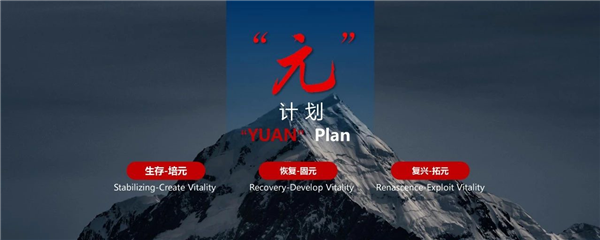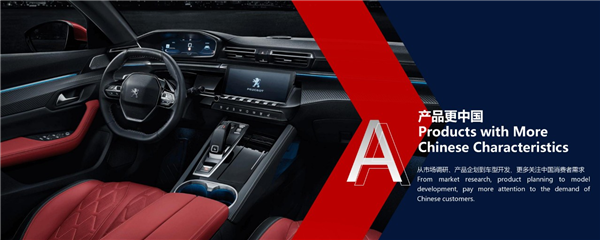DPCA launches “Yuan” Plan to get sales back on track in China
Shanghai (ZXZC)- Dongfeng Peugeot Citroen Automobiles (DPCA), the joint venture between Groupe PSA and Dongfeng Motor Group, on September 4 launched the “Yuan” plan to restructure operations, slash cost and boost annual sales.

(Photo source: PSA's WeChat account)
Aiming to get back on the track of “renascence” entirely, the plan will be conducted in three phases—“Create Vitality” (2019), “Develop Vitality” (2020-2021) and “Exploit Vitality” (2022-2025).
The utmost goal set for the “Exploit Vitality” period is to reach an annual sales goal of 400,000 units, and get “entire value chain back on track”, according to a post on PSA's social media account in China.
During the period from 2020 to 2021, the joint venture will strive to increase its yearly sales volume to 250,000 units and make its break-even point reduced to 150,000 vehicles with a restored system capability and stable profits.
For the nearest “Create Vitality” objectives in 2019, DPCA is to achieve a positive free cash flow and lower the break-even point to 180,000 vehicles.
DPCA sold 74,257 vehicles thought July, 2019, posting a year-on-year plunge of 56.56%. Now, the Sino-French joint venture is attempting to reboot under tough conditions amid a prolonged downturn in China's auto market.
The “Yuan” Plan comprehensively covers areas like product planning, R&D, production, marketing and operational efficiency. It can be concluded into three major targets, namely, products with more Chinese characteristics, more accurate marketing and more efficient operation.

(Photo source: PSA's WeChat account)
Over the next three years (2020-2022), the automaker will roll out 14 new models in China. To strengthen its offensive in NEV domain, every new model to be launched after 2020 will have both ICE version and NEV version and a variety of powertrain, such as all-electric, plug-in hybrid and mild hybrid system, will be introduced to power its models.
DPCA also said it will make all models certified under the China Ⅵ b Emission Standard by 2020, 3 years ahead of what the state's policy requires.

